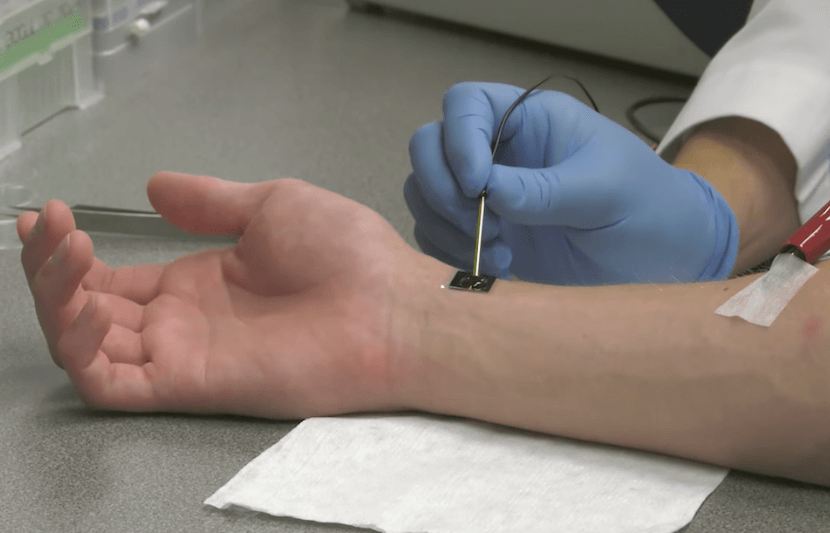A team of researchers at the Ohio State University (OSU) Wexner Medical Center and OSU’s College of Engineering has developed Tissue Nanotransfection (TNT), a new technology capable of generating cells needed to repair and restore tissue in patient’s organs, blood vessels, and nerve cells.
The study was recently published in the journal Nature Nanotechnology.
The director of OSU’s Center for Regenerative Medicine & Cell Based Therapies Chandan Sen co-led this study with L. James Lee, professor of chemical and biomolecular engineering at OSU’s College of Engineering.
“By using our novel nanochip technology, injured or compromised organs can be replaced,” Sen said in a statement. “We have shown that skin is a fertile land where we can grow the elements of any organ that is declining.”
Prior attempts to regenerate cells have involved reprogramming cells in a lab and then introducing those cells to the body in need. This team of researchers set out to find a more effective and less invasive approach to cell regeneration.
In an interview with The University Network (TUN), Sen explained his team’s initiative. The researchers wanted to find a way to “reprogram the tissue within the body and let the conversion happen in the actual environment of the body with the interplay of other cells such as those of the immune system,” he said.
How it Works
The small square chip is simply placed on the wounded area of the body and is zapped with a small electrical current. The current then delivers the cargo needed to change skin cells into nearly any type of cell a patient may need to heal their injury or sickness.
“This is difficult to imagine, but it is achievable, successfully working about 98 percent of the time,” Sen said in a statement. “With this technology, we can convert skin cells into elements of any organ with just one touch. This process only takes less than a second and is non-invasive, and then you’re off. The chip does not stay with you, and the reprogramming of the cell starts.”
Proven Applications
TNT has not yet been tested on humans, but it has proven to be very effective on mice and pigs. Researchers took a mouse with little blood flow to its injured leg, applied the nanochip technology, and saw full recovery to the mouse’s leg within two weeks.
What’s Next?
The technology is not limited to generating solely skin cells. The team sees many possible future implications of TNT technology.
“The technology, in some cases, will be a stand-alone solution for point of care application to patients,” Sen told TUN. “In other cases, it may help generate cells of interest for other conventional applications such as tissue engineering.”
As a method of tissue engineering, researchers are developing a way to use this technology to grow brain cells on the human skin. They could then take those cells and inject them into the brain to treat diseases, such as alzheimer’s or Parkinson’s disease.
The researchers intend to start clinical trials on humans next year, but first must develop a device that would meet the criteria for human testing.
Sen also informed TUN that “the technology will need the right industry partner to generate health impact.”



